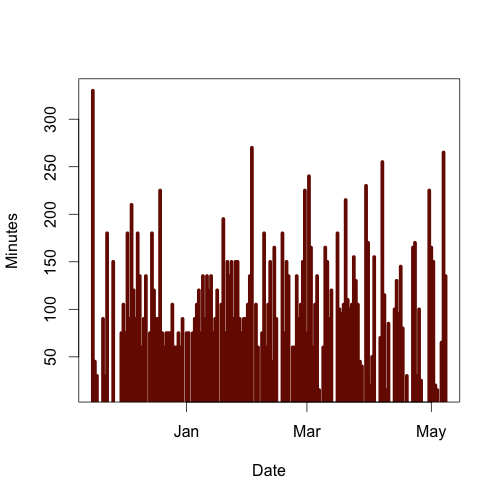Creatures are showing up that have no business there. Students catch glimpses of strange people. The Headmaster explains that rifts between stories have opened, that the stories have started to bleed into each other? (“Stories?”) There’s a door in the library that leads to a ledge that is far within the Forbidden Forest. The Headmaster explains that an answer lies at the heart of the forest, but not all can go there. He (the Headmaster) shows the way through the library and opens the book; the door is within the book. And stepping through the door in the book takes you to that ledge the overlooks a rich green expanse of forest. No sooner have you stepped onto that ledge and begun to plot your course through the woods then you hear a terrifying sound. Off to your right, rearing up out the ground is a gigantic sandworm (“Shai-Hulud!”) heading right for you. With no time to finish concocting a plan, you dash off of the ledge, leaping to the first tree which reveals itself to be a book case. And so you dash from tree to tree, each revealing itself as a book case, watching your steps come down on books with emblazoned with large letters (in alphabetical order, of course). You take one last leap, your fingers catching on a shelf. You look behind you and your friends are far behind, caught many yards behind, and you remember the Headmaster’s words that not all can go, and you wonder whether you should double back for them, or if you must press on alone.


 Having just wrapped up
Having just wrapped up 